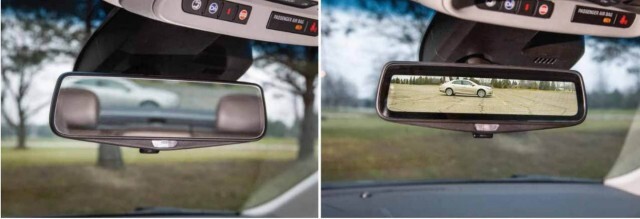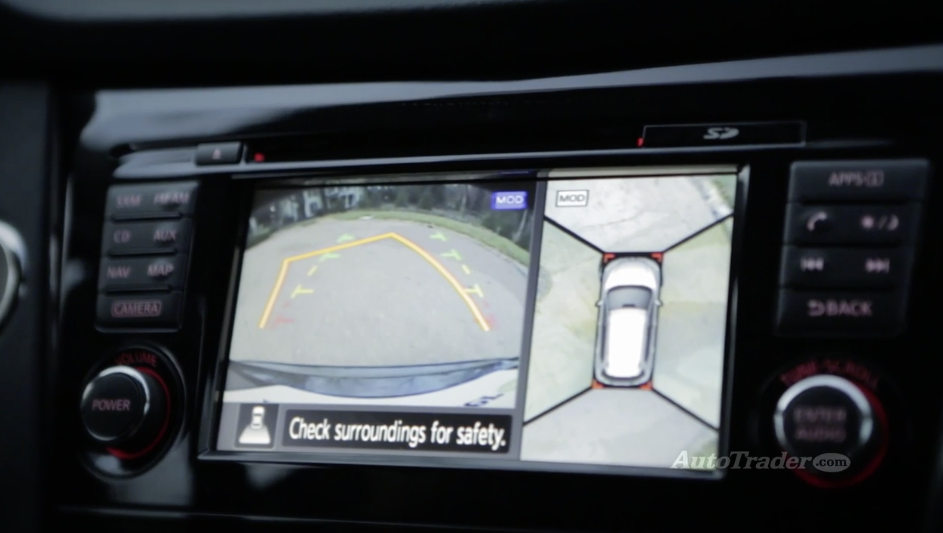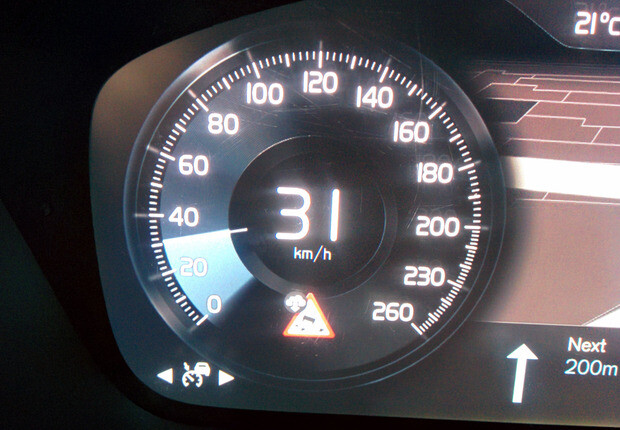Posted on June 3rd, 2016
Fast Lane to the Future: Auto Safety Technologies
Every day we find new ways to ask ourselves, “My car does what?!” From front crash prevention to blind spot detection, cars today are safer than they were 50 years ago.
So, where will safety technologies go next? We’ve highlighted some of the coolest new features set to hit the market in the coming years.
Next-Generation Back-up Cameras
Most cars over the last couple of years come equipped with some sort of back-up camera. The National Highway Traffic Safety Administration found back-up cameras are more effective at preventing unintentional backovers than simple sensors alone that only warn you of objects behind you. In the future, cars will combine these two technologies.
Newer models of rear-view cameras take rear-view visibility one step further. Earlier this year, the federal government approved Cadillac’s new “e-mirror” – a wide-angle rear view mirror that doubles as LCD back-up camera display. Drivers are able to switch between the normal reflective surface and the live-stream camera display to provide a more complete view of the space behind the car.

Source: ExtremeTech.com
Other models incorporate a 360-degree bird’s-eye display of the area surrounding the car. Take Nissan’s “Around View Monitor” – this technology “uses four wide-angle cameras mounted on the car… [to form] a virtual 360-degree aerial view” (AutoTrader.) Other automakers like Volvo are rolling out 360-degree back-up camera technology for trucks, as well. Drivers are able to better infer the area surrounding the entire car – not just the rear view – as they are parking.

Adaptive Headlights
Adaptive headlights are lighting the way for smart headlight technology – literally and figuratively. Many versions of these headlights move side to side as the steering wheel turns to help better illuminate the roadway along your path.
Pedestrian Detection
Pedestrian detection technology has been making headlines since 2010 – but it’s grown in popularity over the past several years. Volvo introduced the technology six years ago, which used a front-facing camera and radar systems to identify vehicles and people as separate objects.
Pedestrian detection will alert the driver or automatically brake if there is a pedestrian in the path between a certain speed range – generally around 25 mph—speeds at which pedestrians are most common.

Source: Volvo
Temperature Warning
Temperature warning technology isn’t new – but the next generation of this safety feature will do a lot more than warn the driver of freezing temperatures. New versions of this technology use temperature readings and other information to help warn drivers when roads are or may become icy.
Future versions of this feature may have the capability of integrating GPS technology to track the location of cars, and compare it to known weather conditions. These versions will provide drivers with updates on their infotainment screen if there has been black ice or other bad weather reported along the driving path. Other versions of this feature will use wheel slippage sensors to read the roadway, warning drivers of slippery conditions.

Source: ComputerWorld.com
Deeper Into the Future
What technologies could be coming to cars further down the road? Make sure to check back at MyCarDoesWhat.org for the latest information on car safety technologies!


 Jack Hanley
Jack Hanley